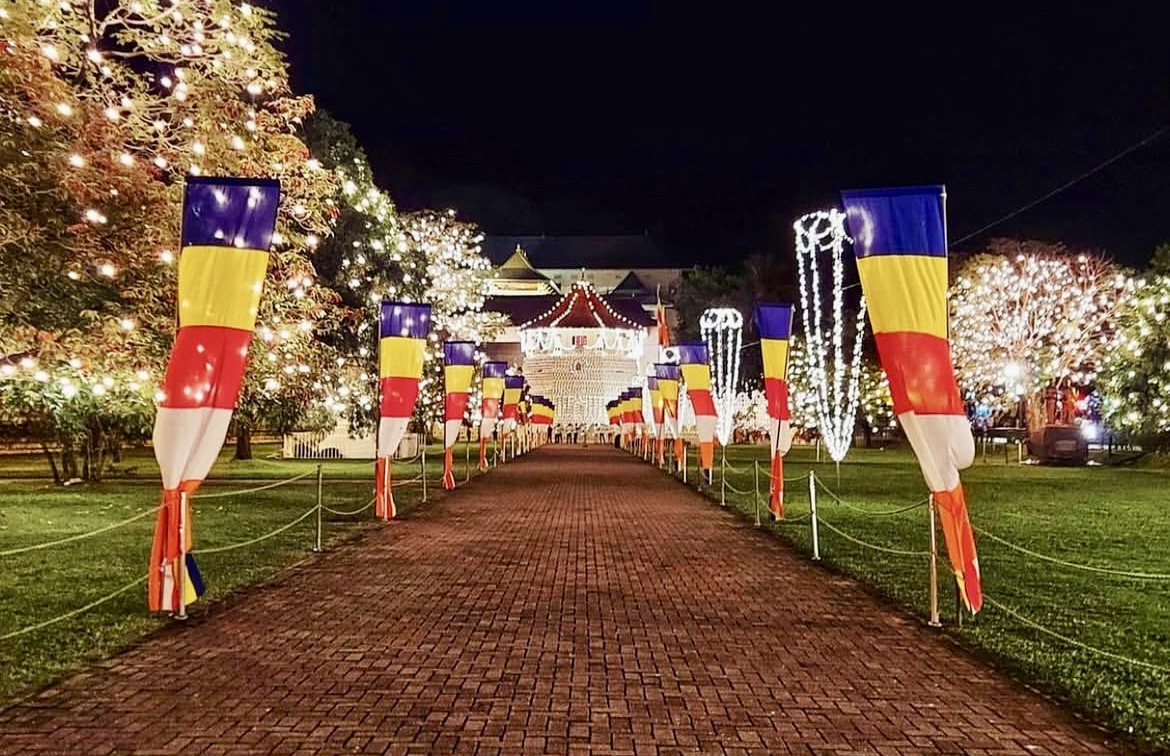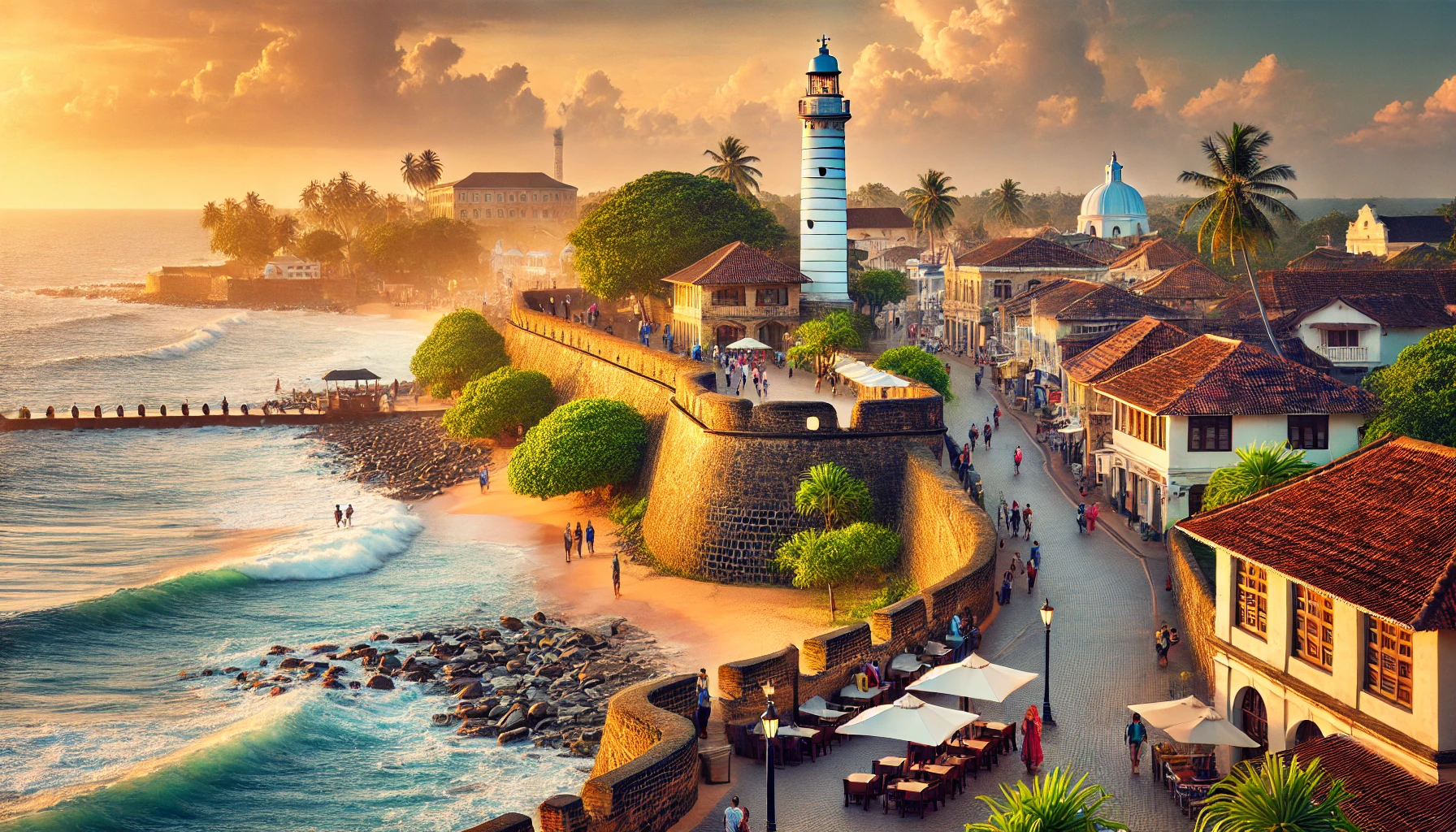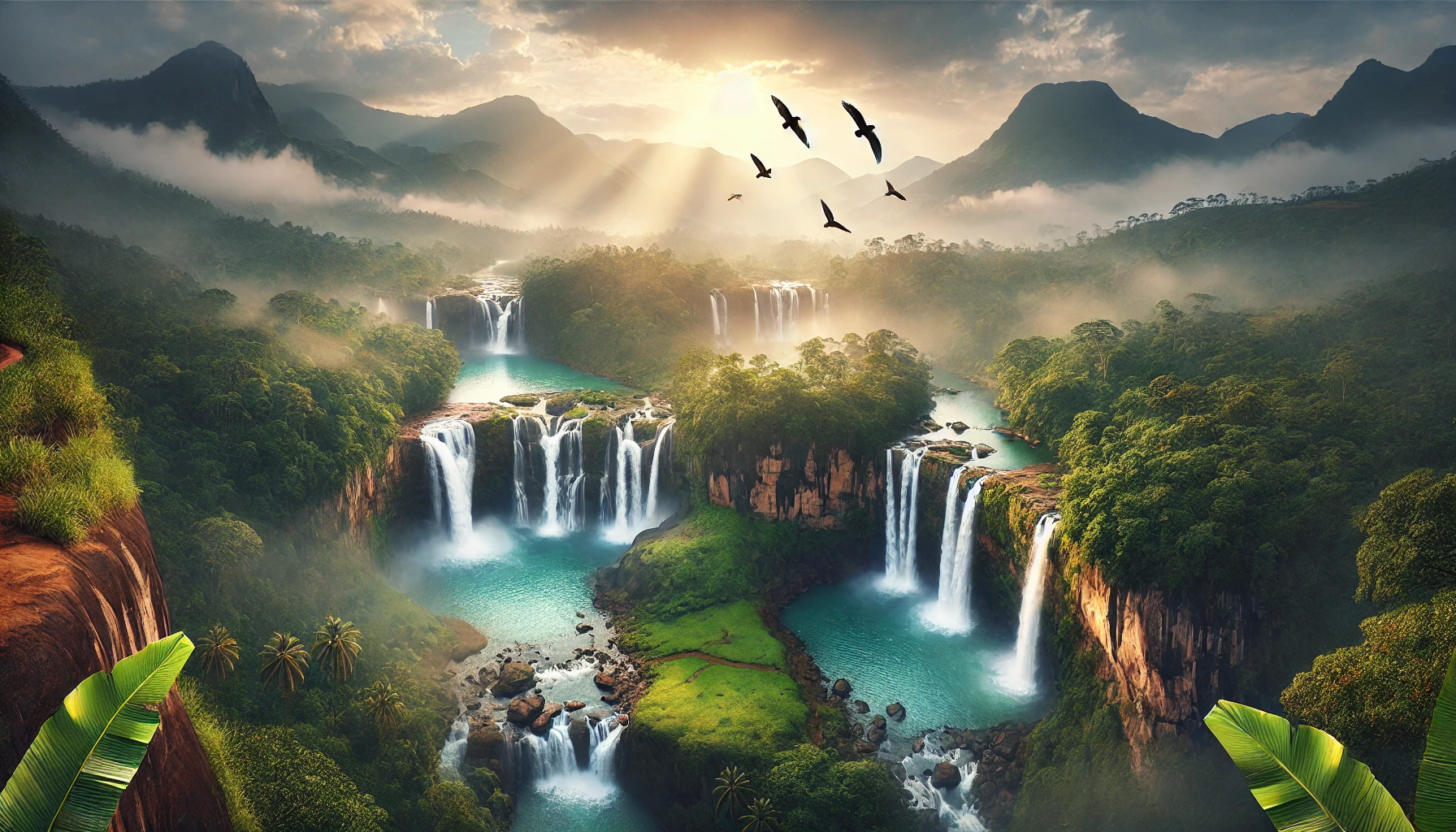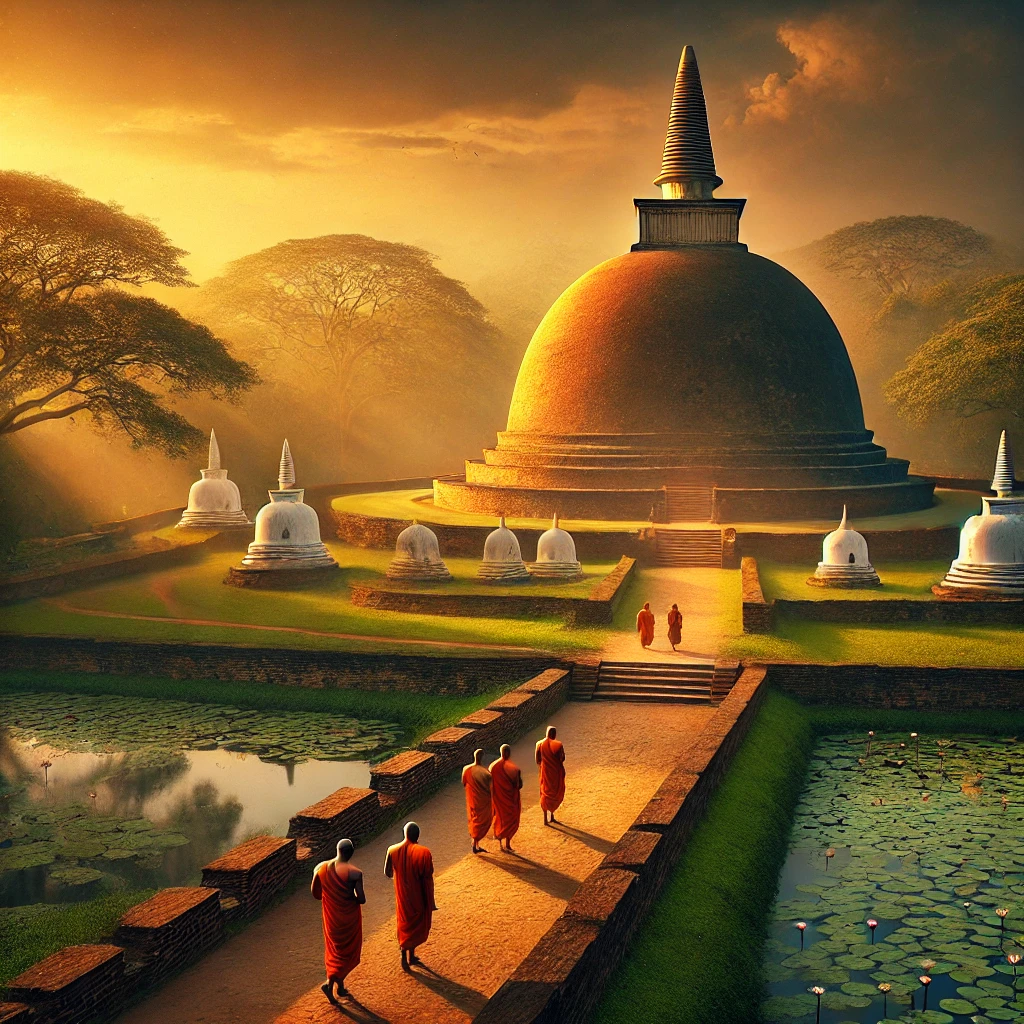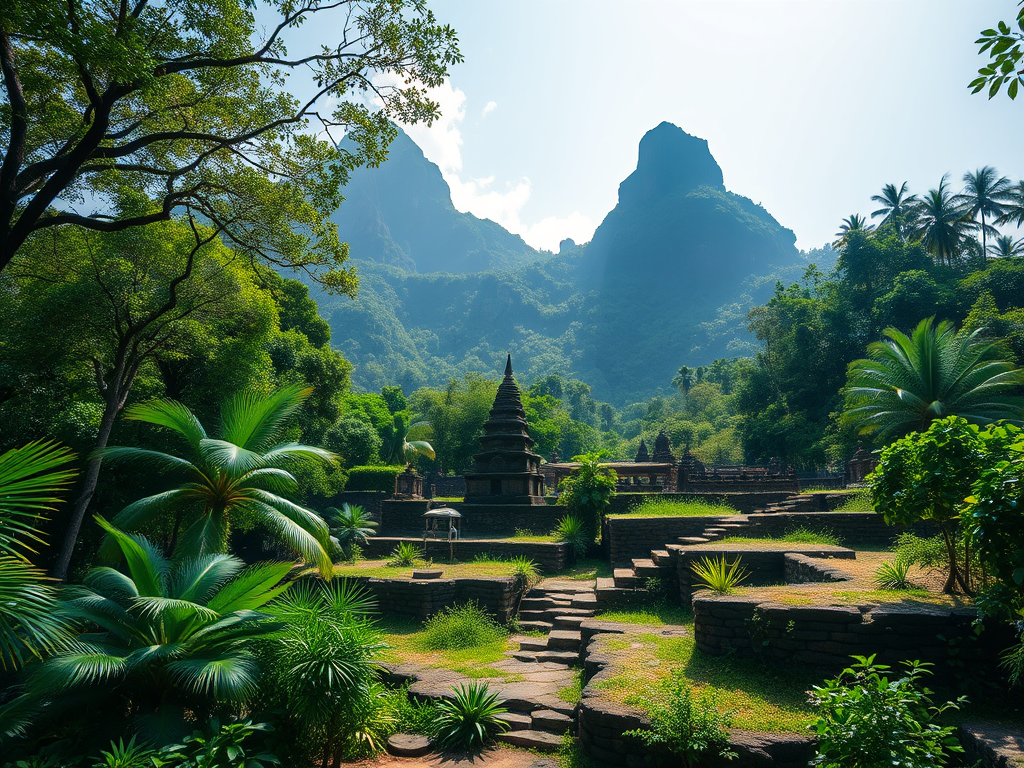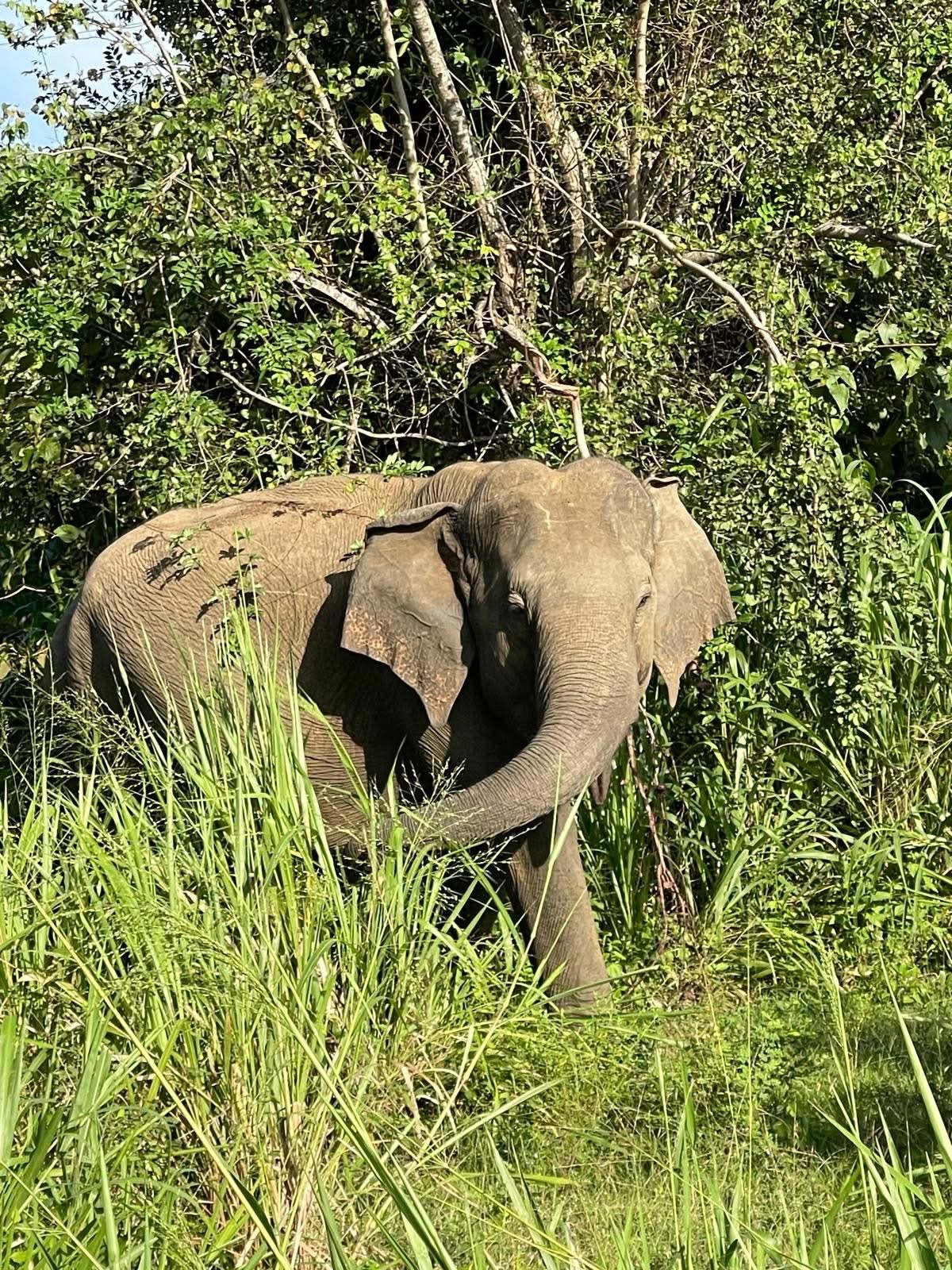Introduction
The Temple of the Sacred Tooth Relic is commonly known as the Sri Dalada Maligawa. It is one of the most sacred and historically significant Buddhist sites in Sri Lanka. Located in Kandy, this revered temple houses the relic of the Buddha’s tooth. It is a pilgrimage site for Buddhists worldwide. The temple is not just a place of worship. It is also a stunning architectural marvel. It is a cultural heritage site that attracts thousands of visitors each year.
In this article, we will explore the history and present significance of the Temple of the Tooth. We will provide visitor information and travel tips to ensure a fulfilling visit.
Historical Background of the Temple of the Tooth

Origins of the Sacred Tooth Relic
The Sacred Tooth Relic is believed to have been retrieved from the Buddha’s funeral pyre in India. It was later smuggled into Sri Lanka during the reign of King Sirimeghavanna (301–328 AD). According to legends, the relic was hidden in the hair of Princess Hemamali. She, along with her husband Prince Dantha, brought it to Sri Lanka from the Indian kingdom of Kalinga.
Early Temples and Relocations
Upon arrival in Sri Lanka, the relic was first housed in Anuradhapura, the ancient capital. It was moved to several other capitals. These include Polonnaruwa, Dambadeniya, Yapahuwa, and Kurunegala. Finally, it settled in Kandy in the 16th century under King Wimaladharmasuriya I.
Construction of the Temple in Kandy
The Sri Dalada Maligawa was built during the reign of King Wimaladharmasuriya I in the late 16th century. Later, King Kirti Sri Rajasinha expanded the temple and added intricate carvings. King Sri Wickrama Rajasinha continued beautifying it with golden decorations. They also added the octagonal structure known as the Pattirippuwa.
Colonial and Post-Colonial Challenges
During the colonial periods, the temple survived numerous challenges, including Portuguese and Dutch invasions. In 1998, the temple suffered a major attack by the Tamil Tigers (LTTE). It was then restored to its former glory.
The Present-Day Temple of the Tooth
Religious Importance
Today, the Temple of the Tooth remains one of the most venerated Buddhist sites in the world. The sacred relic is enshrined in a golden casket. It resides inside the inner chamber of the temple. Only the temple’s chief monks can access this chamber.
Architectural and Cultural Beauty
The temple is an architectural masterpiece, showcasing traditional Sri Lankan craftsmanship. Visitors can admire:
- Intricate wood and ivory carvings
- Golden canopy over the relic chamber
- Wall paintings depicting Buddhist stories
- Beautifully maintained gardens and ponds
Daily Rituals and Ceremonies
Three main Puja (offerings) ceremonies are held daily at the temple:
- Morning Puja – 5:30 AM to 7:00 AM
- Midday Puja – 9:30 AM to 11:00 AM
- Evening Puja – 6:30 PM to 8:00 PM
During these ceremonies, devotees and monks chant prayers, make offerings, and play traditional drumming music.
Esala Perahera – The Grand Procession








The Esala Perahera is one of the most spectacular cultural events associated with the Temple of the Tooth. It is held annually in July or August.
Highlights of the Esala Perahera:
- Procession of elephants, including the majestic tusker carrying the sacred relic
- Traditional dancers, fire breathers, and drummers
- Grand torch-lit parade through Kandy
- Spectacular display of Sri Lankan culture and heritage
This festival attracts thousands of pilgrims and tourists every year, making it a must-see event for anyone visiting Sri Lanka.
Visitor Information: How to Plan Your Trip
Opening Hours and Entry Fees
- Opening Hours: 5:30 AM – 8:00 PM
- Entry Fee for Foreigners: Around $10 USD (Check latest prices before visiting)
- Dress Code: Modest attire covering shoulders and legs
- Footwear: Shoes must be removed before entering
Best Time to Visit
- Early mornings or late evenings to witness puja rituals
- July-August to experience the Esala Perahera
- December to March for pleasant weather
Nearby Attractions in Kandy
- Kandy Lake – A scenic spot right next to the temple
- Royal Botanical Gardens – A paradise for nature lovers
- Bahirawakanda Temple – Offers panoramic views of Kandy
- Udawattakele Sanctuary – Ideal for nature walks and birdwatching
Tips for Travelers
- Respect local customs – Avoid loud noises and maintain decorum
- Hire a guide for in-depth knowledge of the temple’s history
- Beware of scams – Stick to official tour guides and ticket counters
- Stay hydrated – Kandy can be humid, so carry water
- Use public transport or tuk-tuks to navigate the city easily
Conclusion
Visiting the Temple of the Sacred Tooth Relic is a truly spiritual and cultural experience. History enthusiasts will find something extraordinary at this temple. Spiritual seekers will discover remarkable spiritual offerings. Travelers eager to explore Sri Lanka’s rich heritage will also find extraordinary experiences here. History enthusiasts will find something extraordinary here. Spiritual seekers and travelers eager to explore Sri Lanka’s rich heritage will also find something extraordinary here. By understanding its history, rituals, and significance, travelers can truly appreciate the beauty and sanctity of this revered site.
Plan your trip wisely. Immerse yourself in the divine aura of Sri Dalada Maligawa. It is a place where history, culture, and spirituality unite.
Start Your Journey Today
Sri Lanka is calling! With breathtaking scenery, rich cultural experiences, and welcoming locals, it’s a destination you’ll never forget. Let Sri Lanka Travel Paradise be your trusted companion as you explore this enchanting island.
📢 Follow us for weekly updates and travel inspiration!
📺 Also, feel free to connect with me on YouTube for more travel inspiration:
👉 Youtube.com/@SriLankaTravelParadise
